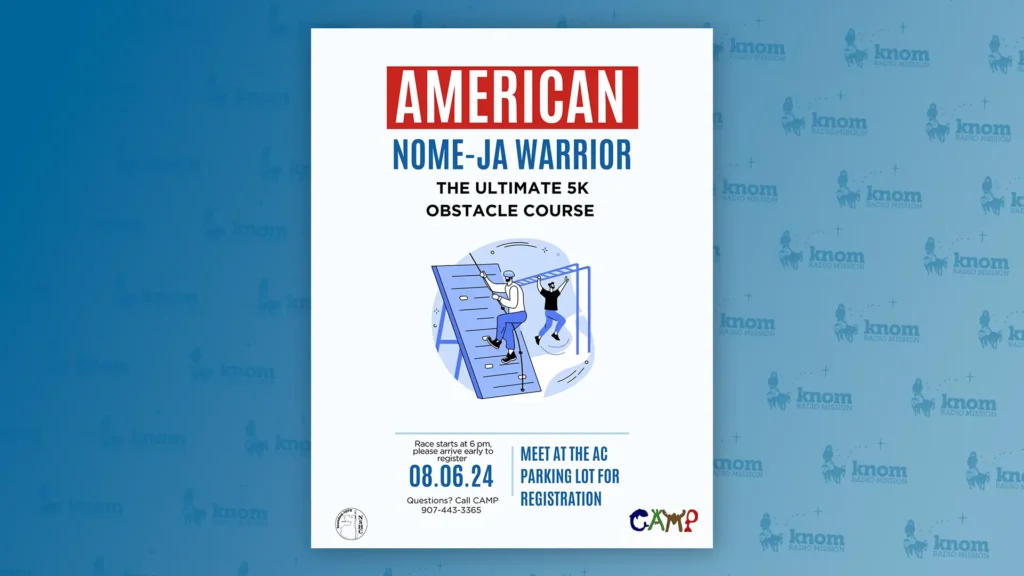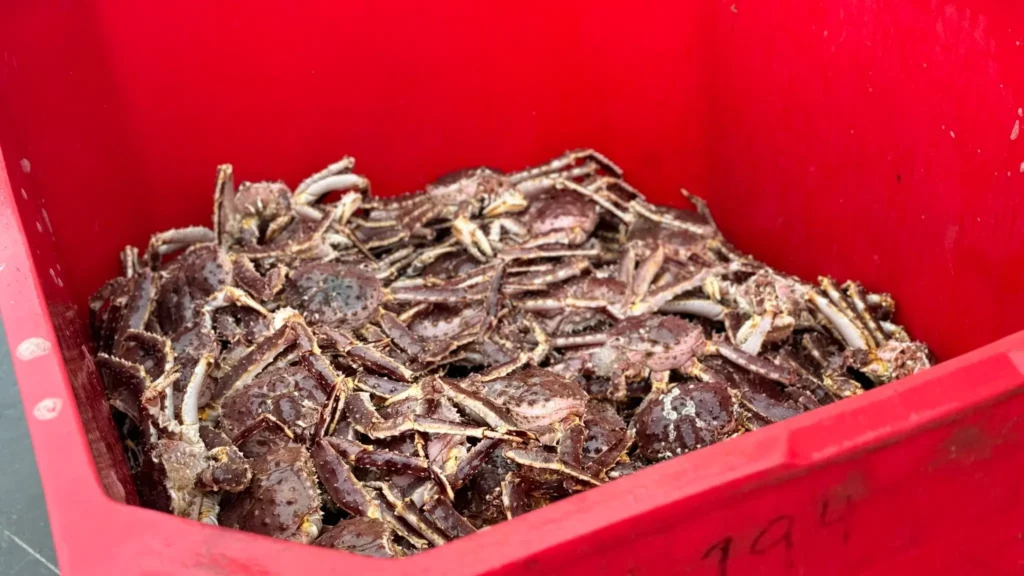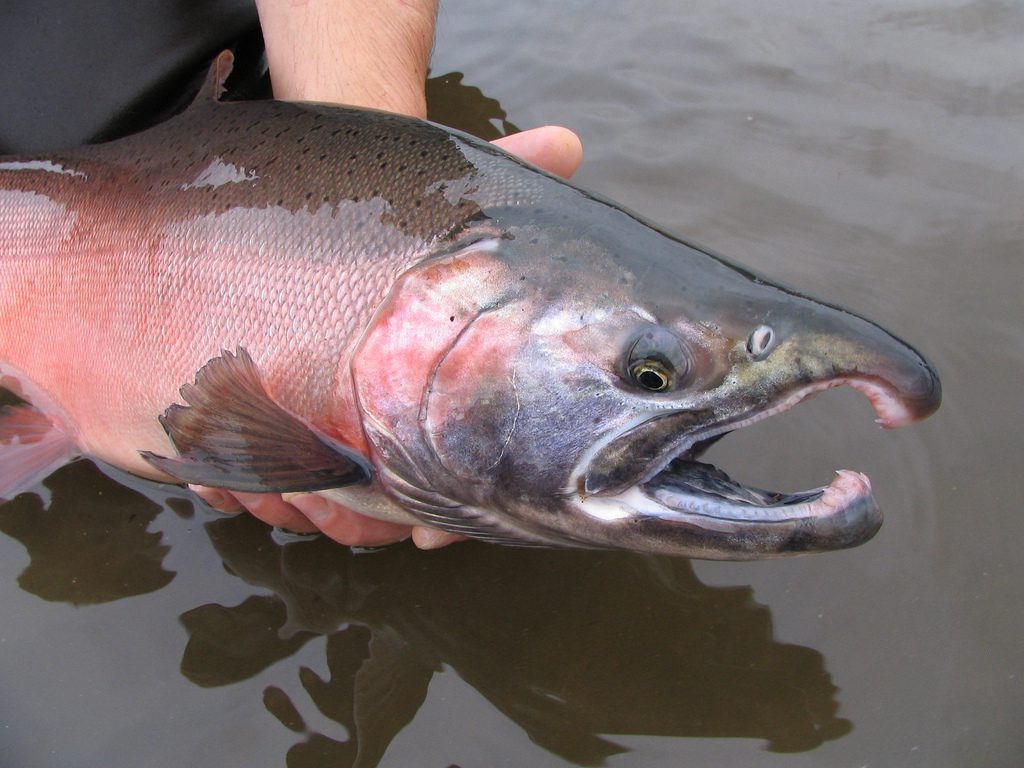This winter’s commercial king crab harvest broke a new record with nearly 100,000 pounds harvested from Norton Sound. To put that in perspective, the previous record was 62,000 pounds in 2013.
Jim Menard with the Alaska Department of Fish & Game says it’s “unprecedented.” Furthermore, in each of the past three years, over 30,000 pounds of crab have been harvested. That’s never happened before in the 35 years of the fishery.
“This has turned into the ‘Wild West crab fishery,’ suddenly,” said Menard. “This winter fishery, with the effort we had this year with 44 permits, that was a record. With the price getting up over $7 per pound at times this year—there was just enormous interest in the fishery.”
Double the number of fishermen came out this winter compared to last year, and it was a successful season. For their part, Norton Sound Seafood Products bought over 47,000 pounds of crab, paying out almost $295 thousand. Since the money was good, fishermen who used to deploy 5 or 10 pots were working 40 or 60.
But change is coming with new regulations adopted by the Board of Fish this year. The first is shortening the season by several months. It will now open mid-January and close by the end of April, instead of running from November through May. The second new regulation is that the winter fishery can only be 8 percent of the Gross Harvest Limit. (So, if the GHL is set at 500,000 pounds for a given year, the winter season will have to close as soon as 40,000 pounds of crab are caught.) In past years, that wouldn’t seem too restrictive. But it means this winter’s booming harvest probably won’t happen again.
Menard says these changes aim to reduce the high level of winter pot loss. The ice is starting to break up earlier, so pots at the ice edge are getting dragged out to sea. Those pots continue ghost fishing, which Menard says isn’t good for the ecosystem.
Catcher-processor Robin Thomas experienced this firsthand last winter.
“I got out too far on some young ice. I was doing really well—probably the best crabbing I’ve ever seen in 25 years of fishing in the ice,” said Thomas. “And then the ice cracked because we got hit by some south wind and then it peeled off during the night and took all the gear out.”
Thomas questions whether ghost pots are really harming the environment, but regardless, he doesn’t support the 8 percent winter harvest allocation. He says the real challenge is there are too many people in the fishery.
Menard agrees that the high number of fishermen and lower harvest limit might mean disappointment next year.
“A number of new people got into this winter fishery,” he said. “If the same number fishes next year, the pie is definitely going to be sliced thinner.”
The guideline harvest limit change will go into effect next season. And, Menard says, at their December meeting, the Board of Fish may also take up a proposal to limit the number of pots in the winter fishery.







